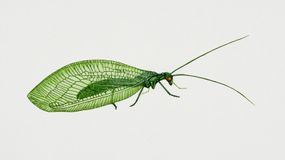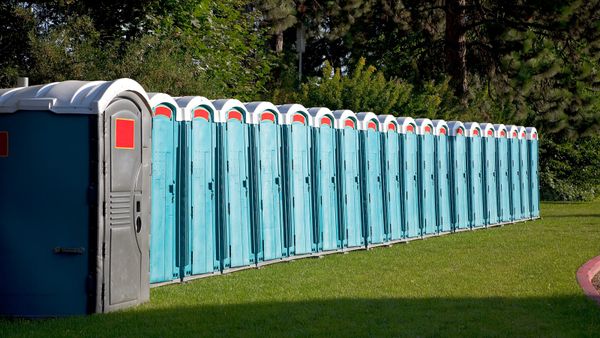
Have you ever stopped to appreciate your anus? Laugh all you want, but this bodily orifice is a highly evolved engineering marvel, and it's hard to imagine life without it.
Your anus has a very sensitive job. It's tasked with determining whether solid, liquid or gas pushes up against the sphincter – and then it has to selectively let some or all of it through to the other side. Fortunately, this end of the digestive system is packed with nerve endings to aid in this delicate game of "who goes there?"
Advertisement
Perhaps most importantly, the anus contributes to your ability to voluntarily control your own defecation. To many animals, this means getting to hide your fragrant feces from the detection of roving predators. In fact, in a 2013 paper, Italian bowel experts Gabrio Bassotti and Vincenzo Villanacci went so far as to suggest that our ability to poop our own adventure "may have contributed to the successful march of hominids along the road of evolution."
You should be thankful. But as Joe McCormick and I explore in the Stuff to Blow Your Mind episode Evolution of the Anus, some animals do manage to get by without a proper alimentary portal. Let's meet a few of them.
Advertisement



